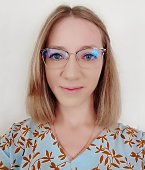This component of the Space Academy includes a series of webinars covering topics related to the use of EO to assess and monitor the state of water and food security-related spatial components. Each Webinar consists of three sections: theoretical background, applications examples a Q&A session.
The selected topics for the webinars include:
Recent webinars:
15th on the EO AFRICA R&D Facility Webinar Series
Accessing cloud services using openEO and additional data processing capabilities offered by ILWISPy
The EO Africa program has been making use of the Innovation Lab as backbone facility for cloud based access to remote sensing data and subsequent data processing. This webinar starts with the use of the Innovation Lab in conjunction with openEO / ILWISPy to access and process also data obtained from other cloud based data repositories.
Attention will be given to relevant cloud based data repositories which can be used to derive a multitude of datasets, like access to the Sentinel suite of satellite images, other relevant archives through API access, like FAO WaPOR, Copernicus Climate Data Store, Royal Netherlands Meteorological Institute and EUMETSAT’s EUMETView. Last but not least some of the capabilities currently offered by WEkEO will be provided.
After a short introduction on openEO and ILWISPy capabilities developed, the webinar is of a highly demonstrative nature using Jupyter Notebooks showing how to access and process the data from the above mentioned cloud based services.
The duration of the webinar is 1 hour, followed by a live Q&A session. During the webinar there is a live-chat available as well.
The webinar will be executed under the framework of the EO AFRICA R&D Facility by ITC-UTwente.

Speakers:
-
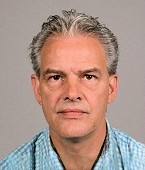
Assistant Professor / Project Manager – Department of Water Resources, Faculty ITC of the University of Twente
https://people.utwente.nl/b.h.p.maathuis
b.h.p.maathuis@utwente.nl
Downloads and recordings:
You can find the recording of the webinar in our YouTube Channel or you can watch it here:
14th on the EO AFRICA R&D Facility Webinar Series
Crop mapping in Zankalon, Egypt using different ML classifiers in Python
Accurate information about agriculture and crops is essential for informed decision-making in various applications. While various methods can be employed to collect such data, satellite earth observation emerges as a favourable approach due to its extensive coverage and diverse data types. The European Commission initiated the Copernicus program a few years ago, introducing a novel series of Earth Observation satellites called the Sentinels. These satellites, part of a new generation of remote sensing technology, play a crucial role in enhancing the observation, identification, mapping, assessment, and monitoring of crop dynamics across different spatial and temporal resolutions.
In this webinar we will investigate different crop types in selected agriculture area in Zankalon, Egypt. During the webinar we will demonstrate the capacity of application of most commonly used machine learning algorithms to identify crop types with EO data with use of Python available within Innovation Lab.
The introduction and overview of the machine learning algorithms and classifiers will be provided with a special focus on supervised ML methods such as: Random Forest, Support Vector Machines and unsupervised ML methods such as K-means.
The duration of the webinar is 1 hour, followed by a live Q&A session. During the webinar there is a live-chat available as well.
Knowledge of the use of optical & SAR data in EO applications would be an asset, but is not a must.
The webinar will be executed under the framework of the EO AFRICA R&D Facility by SERCO Italy S.P.A.
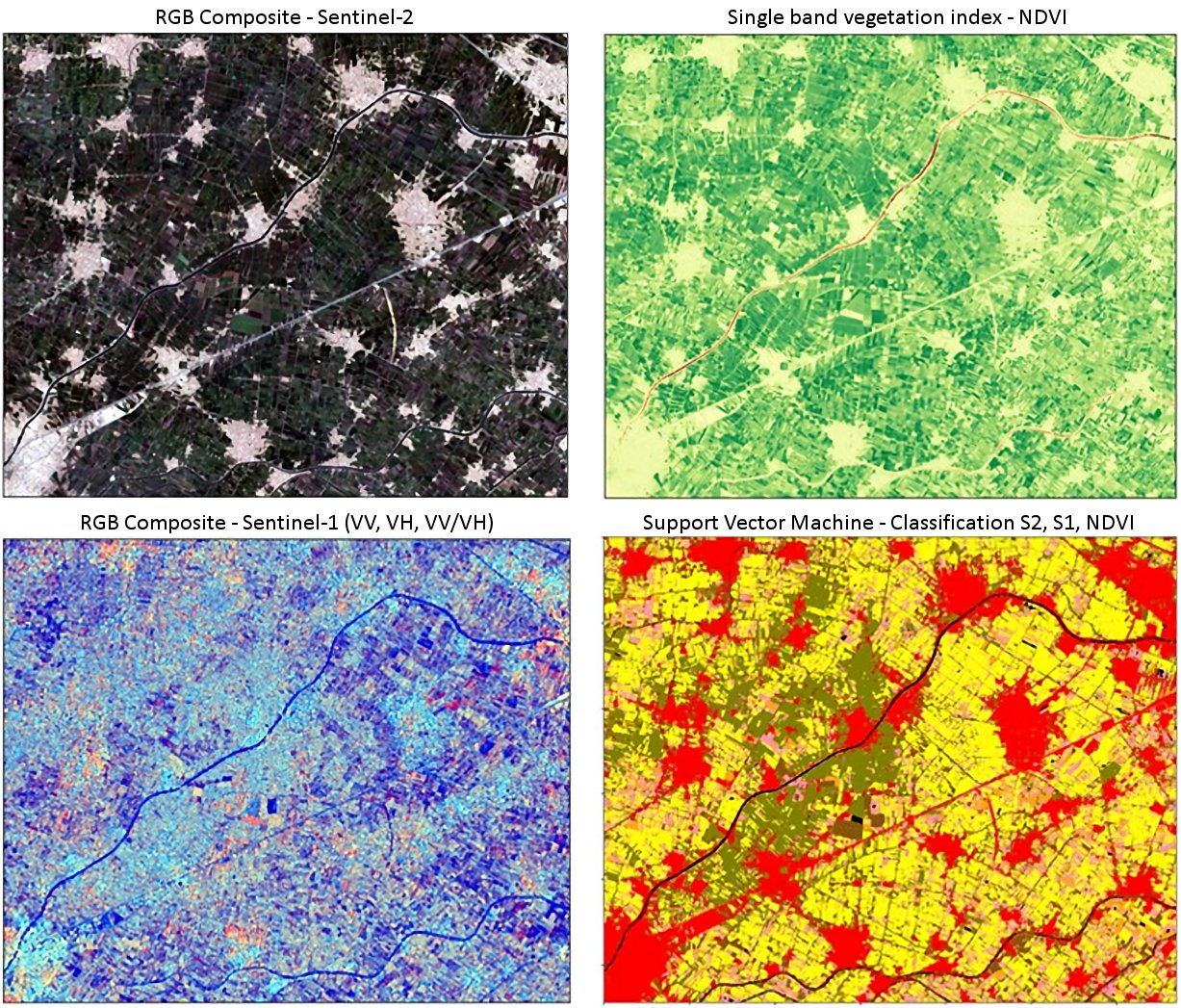
Speakers:
Downloads and recordings:
You can find the recording of the webinar in our YouTube Channel or you can watch it here:
13th on the EO AFRICA R&D Facility Webinar Series
Parcel-based crop monitoring from space
The ever-increasing spatial resolution offered by the newest generation of satellite sensors allows us to monitor agricultural production at the scale of individual parcels. This webinar will provide insights into the possibilities, limitations and remaining challenges related to high-resolution crop monitoring. Together we will explore which information can be derived from these satellite observations, including parcel extent, crop type, phenology, biomass production and crop stress. Different analysis approaches will be discussed and compared in terms of costs and benefits. Aside from the conceptual overview of methods and products, the webinar will also provide some practical guidelines on field data collection and how to access and process high resolution satellite data using the Python programming language.
The duration of the webinar is 1.5 hours: 1 hour presentation followed by 30 minutes Q&A. During the webinar there is a live-chat available.
The webinar will be executed under the framework of the EO AFRICA R&D Facility by VITO Remote Sensing.
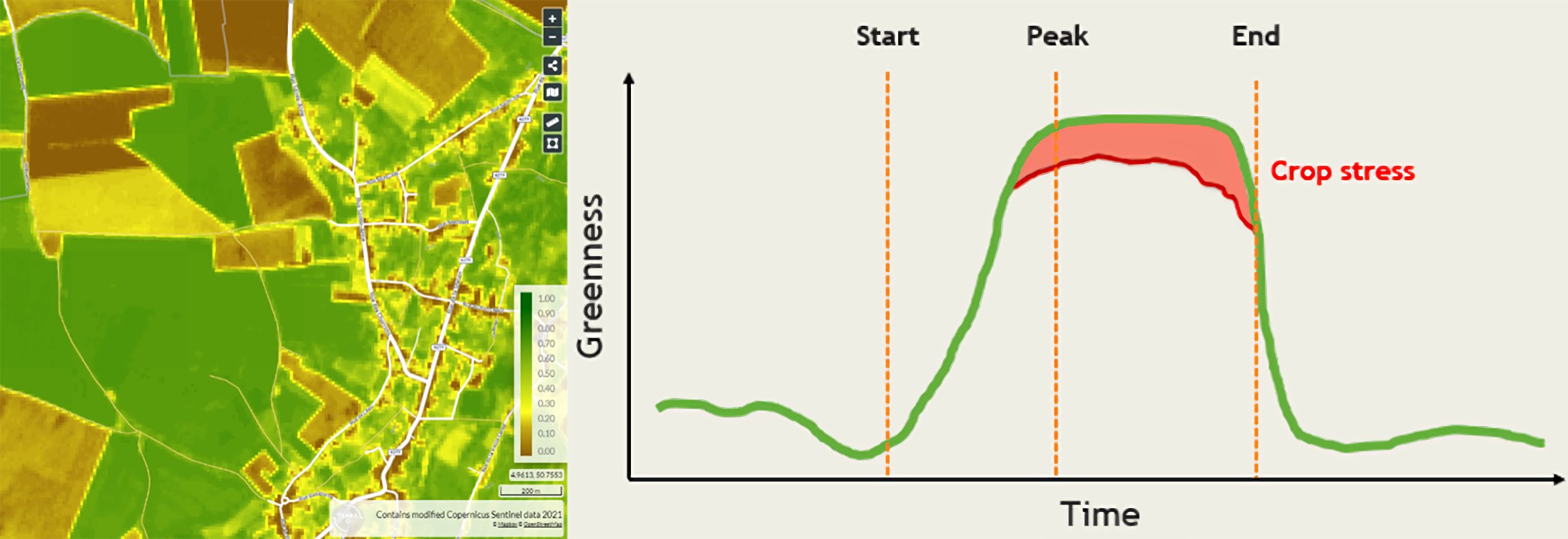
Speakers:
-

R&D Professional – Agricultural Applications, VITO Remote Sensing
https://remotesensing.vito.be/team/jeroen-degerickx
jeroen.degerickx@vito.be
Downloads and recordings:
You can find the recording of the webinar in our YouTube Channel or you can watch it here:
12th on the EO AFRICA R&D Facility Webinar Series
Use of Remote Sensing to Insure against the Peril Drought
This webinar will provide insights concerning the developed EO-based insurance model that utilizes NDVI-imagery to quantitatively assess occurring agronomic droughts. As a business model, since 2018, the Vegetation Index Crop Insurance (VICI) scheme is successfully in use by various Ethiopian organizations.
VICI employs a novel NDVI data-cube analysis method to identify Crop Production System Zones for which, through the use of NDVI-imagery, by dekad, the left-extreme 15 and 5 percentile NDVI-values were identified to function as insurance trigger and exit thresholds. Accordingly, by crop season, covering more than 20 years, drought assessments were generated at a 1-km2 resolution. Noteworthy is that VICI insures farmers against exposure to drought and avoids insuring the farmers business model. Linked advantages of VICI are that it is fully scalable, is not crop specific, features reduced basis risks, and is statistically 100% sound.
At present, based on VICI, drought assessments are being produced for series of African countries. As example, an animation of past droughts in South Africa will be shown.
Knowledge regarding using Copernicus Global Land Service (CGLS) supplied NDVI-imagery will be an asset, but is not a must.
The webinar will be executed under the framework of the EO AFRICA R&D Facility by ITC-UTwente.
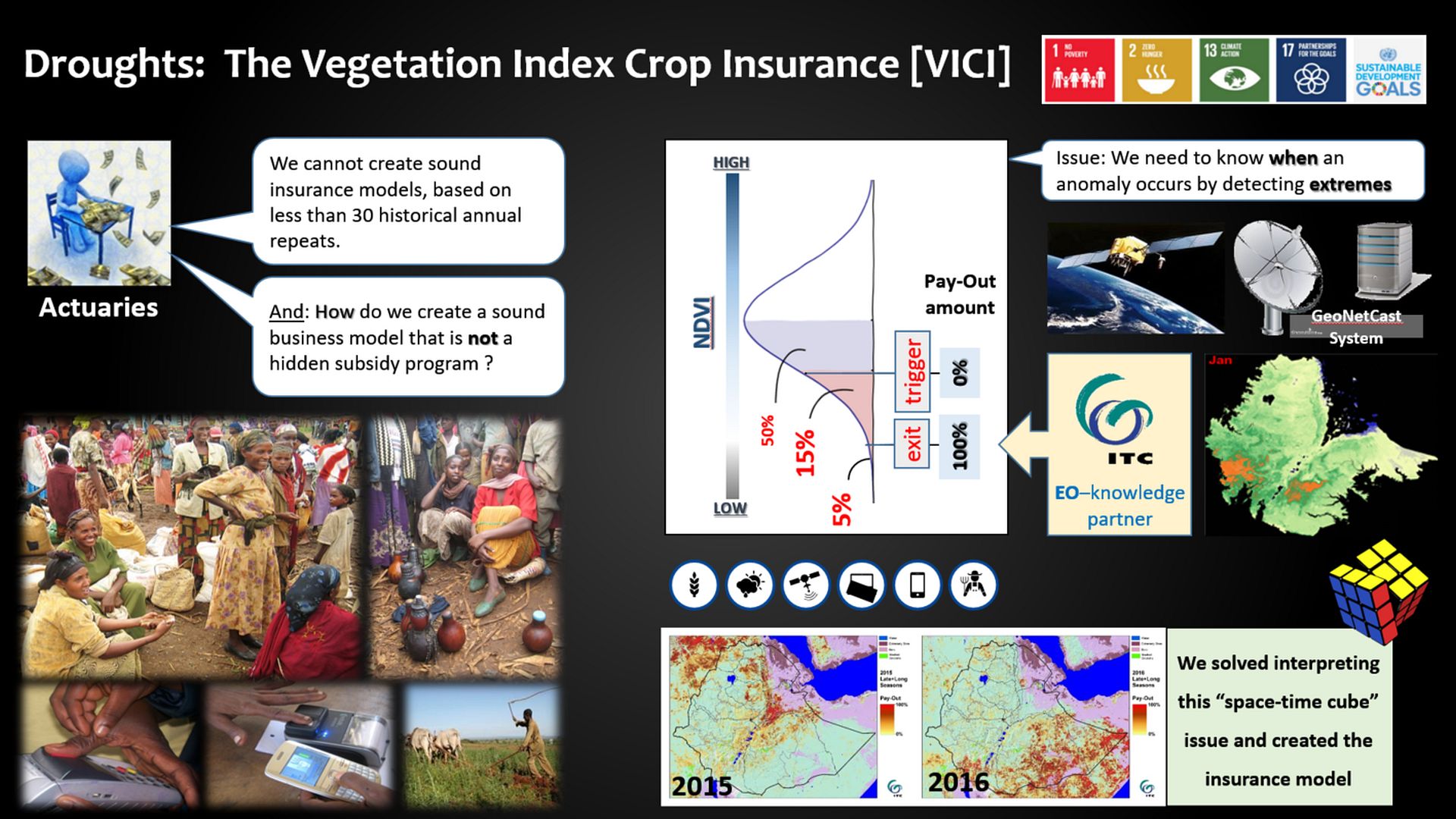
Speakers:
-

Associate Professor – Department of Natural Resources, Faculty ITC of the University of Twente
https://people.utwente.nl/c.a.j.m.debie
c.a.j.m.debie@utwente.nl
Downloads and recordings:
You can find the recording of the webinar in our YouTube Channel or you can watch it here:
11th on the EO AFRICA R&D Facility Webinar Series
Surface Soil Moisture products at continental scale
The webinar will give an overview of high-resolution (1 km) satellite soil moisture data sets available at continental to global scale. These data sets are either derived by downscaling coarse resolution data from passive (SMAP, SMOS, AMSR2) and active (ASCAT) microwave sensors using optical or Synthetic Aperture Radar (SAR) data, or by deriving the soil moisture data directly from only the SAR data. The presentation will focus on the latter type of products, explaining how soil moisture data can be derived from Sentinel-1 SAR time series, and how these data might be used for monitoring rainfall and irrigation.
Knowledge of use of SAR data in Earth Observation applications is an asset but not a must.
The webinar will be executed under the framework of the EO AFRICA R&D Facility by TU Wien.
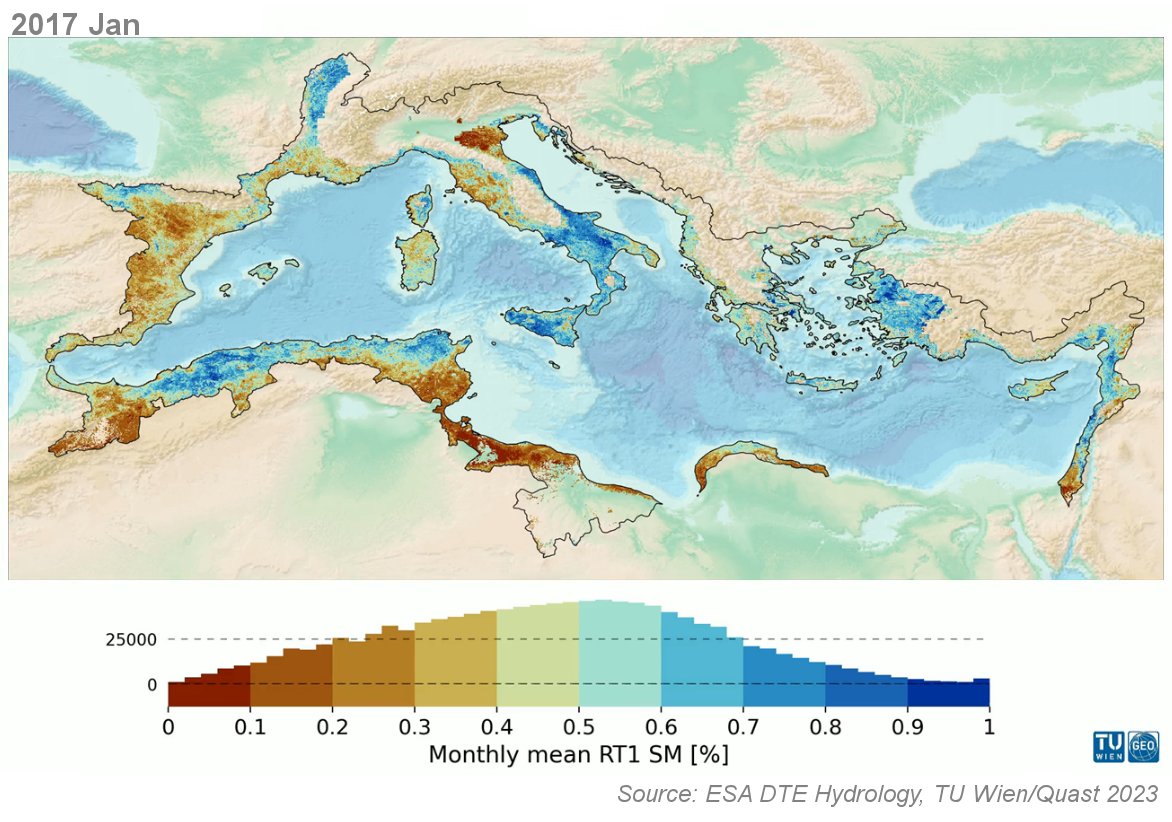
Speakers:
-

Head of the Research Group Microwave Remote Sensing
https://tiss.tuwien.ac.at/person/47741?locale=en
wolfgang.wagner@geo.tuwien.ac.at
Downloads and recordings:
You can find the recording of the webinar in our YouTube Channel or you can watch it here:
10th on the EO AFRICA R&D Facility Webinar Series
Drought Monitoring case studies in Africa
The webinar will describe ways to monitor drought events using microwave Earth Observation data. Existing methods for the calculation of climate normals, anomalies and drought indicators will be described and demonstrated over Africa. The strength and weaknesses of the indicators and an evaluation with common drought indicators such as Standardized Precipitation Index will be discussed. Furthermore, the use of soil moisture for early season yield prediction will be discussed.
The duration of the webinar is 75 minutes, followed by a live Q&A session. During the webinar, there is a live-chat available as well.
Knowledge of use of SAR data in Earth Observation applications is an asset but not a must.
The webinar will be executed under the framework of the EO AFRICA R&D Facility by TU Wien.
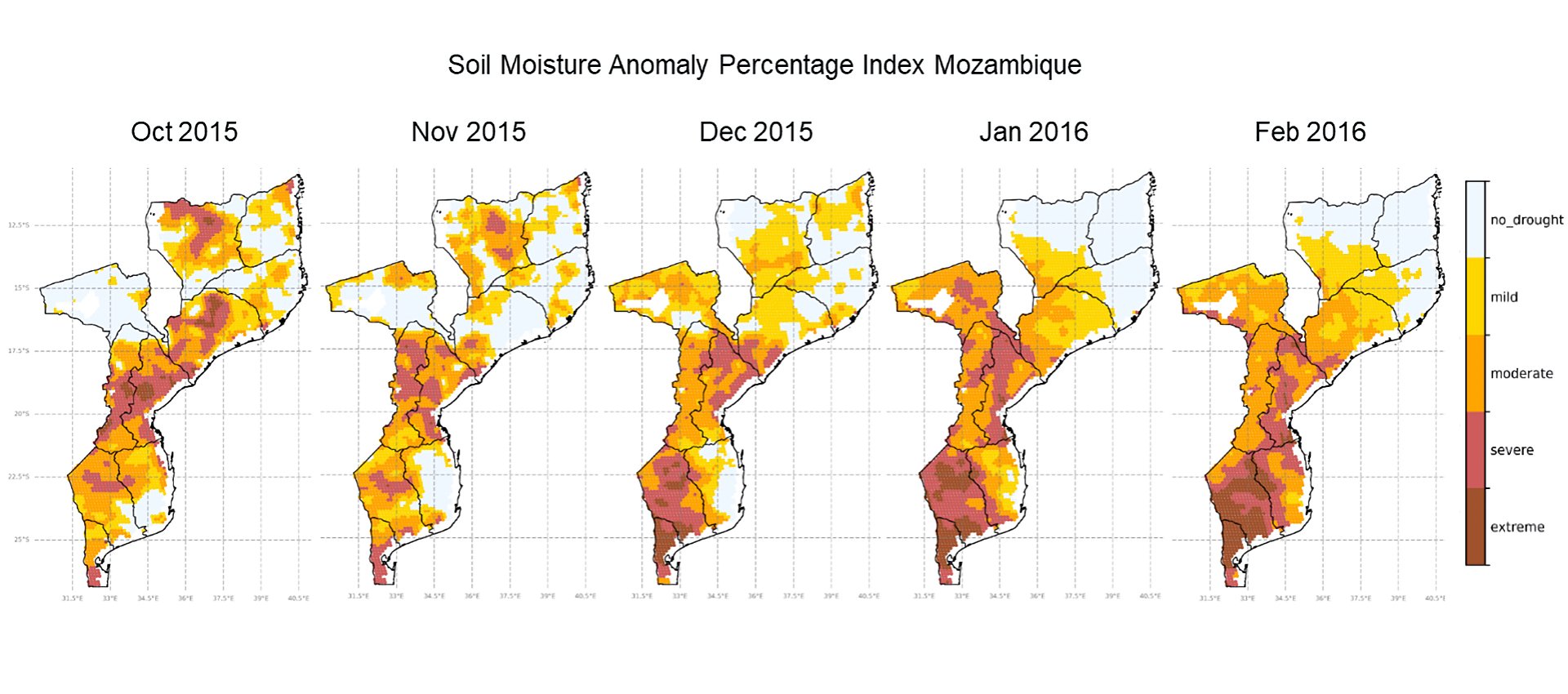
Speakers:
-
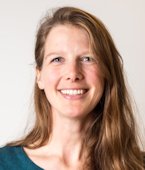
Senior Scientist at TU Wien
https://tiss.tuwien.ac.at/person/248738?locale=en
mariette.vreugdenhil@geo.tuwien.ac.at
Downloads and recordings:
You can find the recording of the webinar in our YouTube Channel or you can watch it here:
9th on the EO AFRICA R&D Facility Webinar Series
Global flood monitoring and Surface Soil Moisture anomalies
The webinar will describe ways to monitor flood events and surface soil moisture on a global scale, using microwave Earth Observation data. Current research topics will be described that are relevant for use cases in Africa (e.g. subsurface scattering in arid regions). The validation of flood monitoring and of soil moisture products will be discussed.
The duration of the webinar is 75 minutes, followed by a live Q&A session. During the webinar, there is a live-chat available as well.
Knowledge of use of SAR data in Earth Observation applications is an asset but not a must.
The webinar will be executed under the framework of the EO AFRICA R&D Facility by TU Wien.
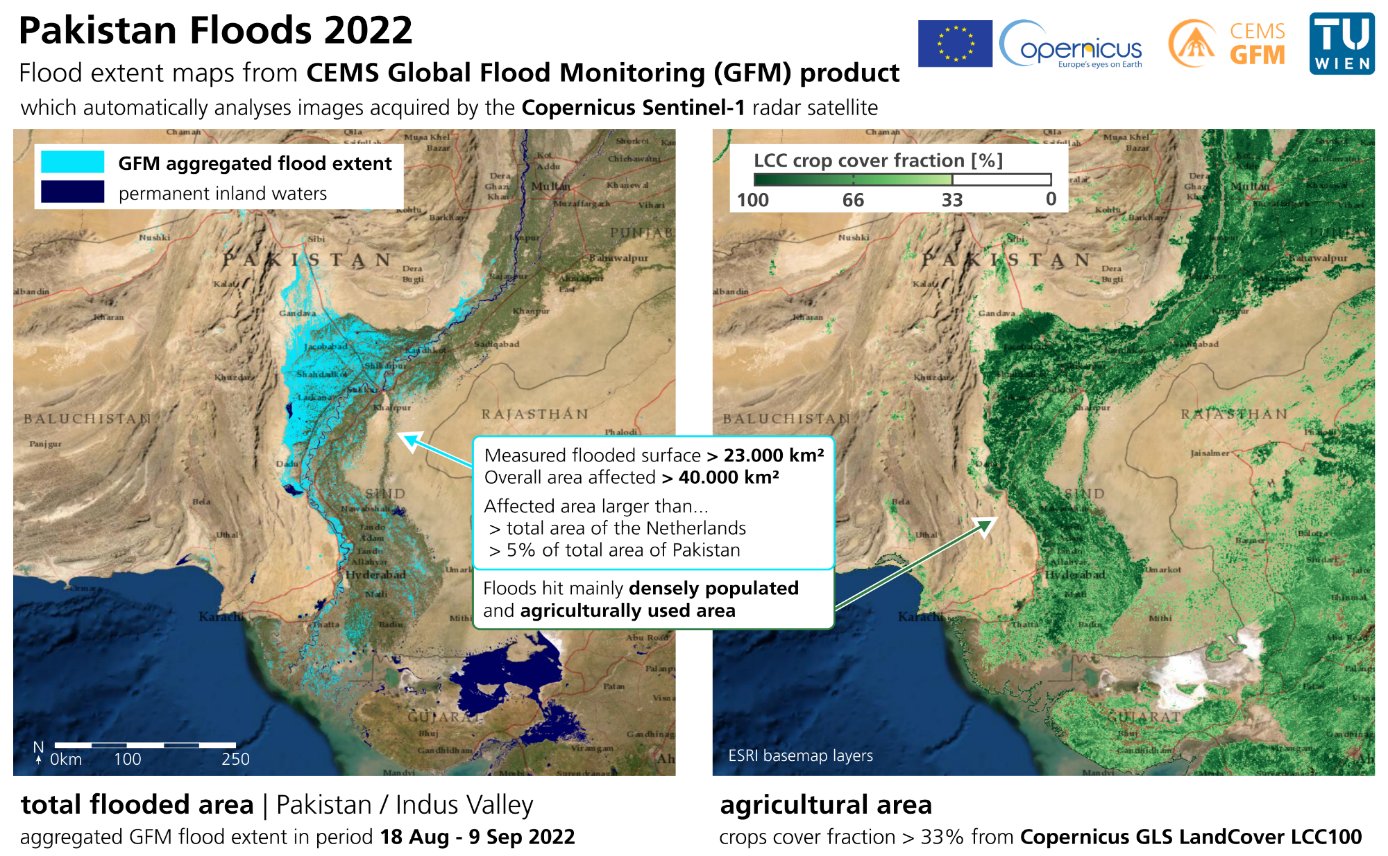
Speakers:
-

Head of the Research Group Microwave Remote Sensing
https://tiss.tuwien.ac.at/person/47741?locale=en
wolfgang.wagner@geo.tuwien.ac.at
Downloads and recordings:
You can find the recording of the webinar in our YouTube Channel or you can watch it here:
8th on the EO AFRICA R&D Facility Webinar Series
fPAR as a Proxy for Yield Estimation/Forecasting
The webinar provides a biological basis for crop yield estimation and within-season forecasting with Earth observation image data. We facilitate the introduction with a “big leaf” approach to light-use efficiency. Big leaf models assume canopies are homogenous and the response of the canopy to light is linear. First, we will review key concepts of photosynthesis, plant respiration, biomass accumulation, and the harvest index. Second, we will dissect the big leaf architecture to understand the biophysical and biochemical constraints on light-use efficiency, such as the fraction of photosynthetically active radiation (fPAR). Third, we will discuss the advantages and disadvantages of the big leaf approach compared to the multi-leaf (radiative transfer) approach. Finally, we will carry out a computation of crop yield with the Production Efficiency Model Optimized for Crops (PEMOC) big leaf model.
The webinar will be executed under the framework of the EO AFRICA R&D Facility by the University of Twente – Faculty of Geoinformation Science and Earth Observation.
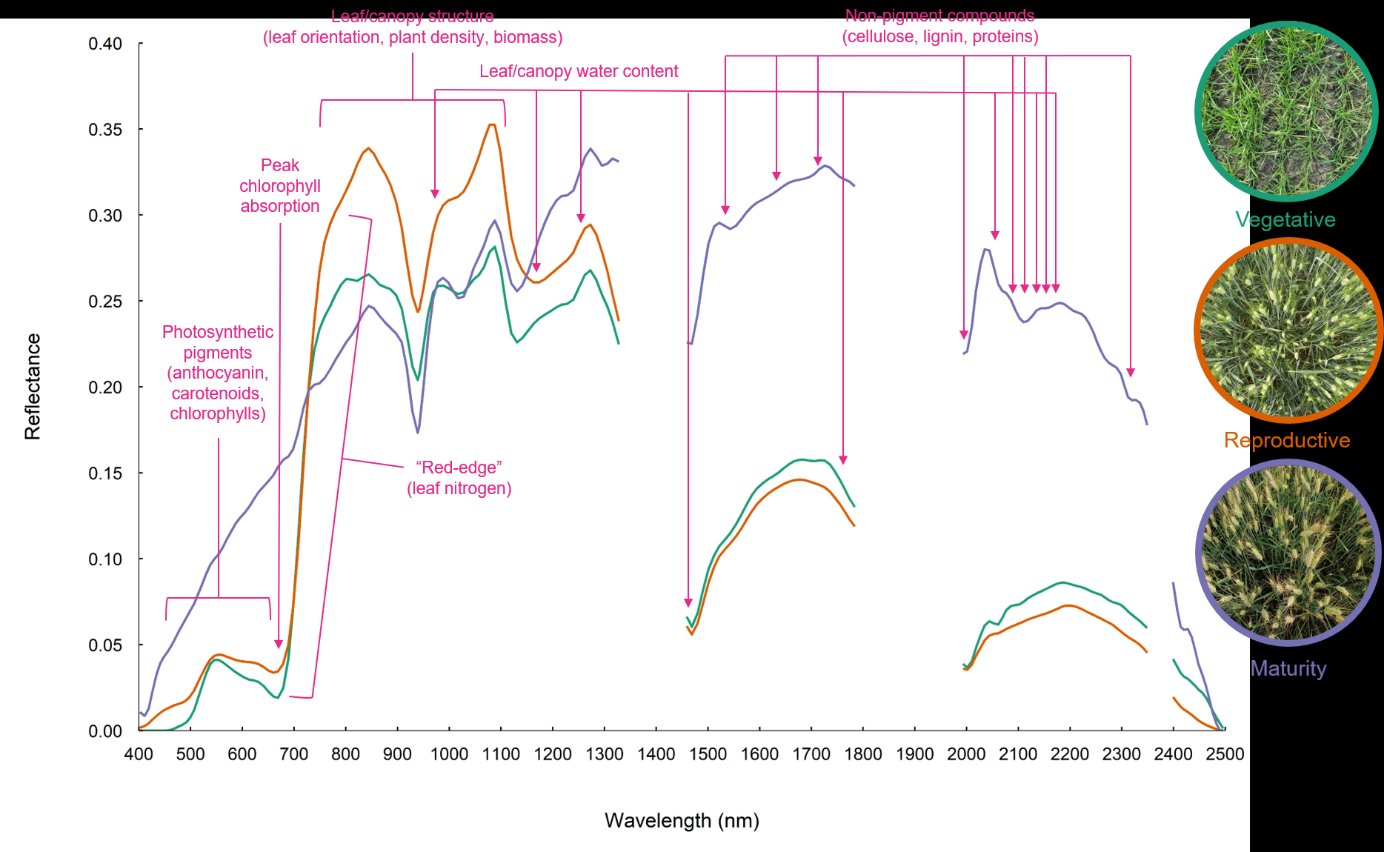
Speakers:
-

Assistant Professor – Department of Natural Resources, Faculty ITC of the University of Twente
https://people.utwente.nl/m.t.marshall
m.t.marshall@utwente.nl
Downloads and recordings:
Reference papers:
You can find the recording of the webinar in our YouTube Channel or you can watch it here:

